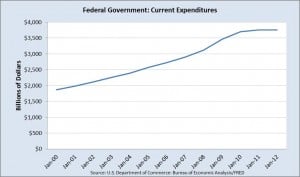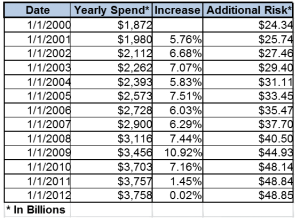Operations management is one of the three most important things to understand when learning the functions of an organization. Learning more about operations management helps us learn more about understand how organizations work and how people organize themselves. I honestly do think that being able to understand and organize are very important skills to know when managing anything. Operations management is also a very costly part of the organization.
The past few weeks have being interesting. The only job that I had I recently had, but I also recently quit. I was working at Chipotle Mexican Grill during the summer. I only worked there for a month, but a month was good enough for me to learn more about the company, how the managers work, and I learned more about myself and how I work. It was interesting to see that there are different types of managers. I had a total of three mangers. They didn’t all have the same responsibilities but they had similar responsibilities as in telling employees what they had to do. I noticed that I would only like to do my job that I was supposed to do if a certain manager told me to do. I believe that I would do that because I sometimes wouldn’t like how the manager would talk to me when he would tell me what I had to do. So like I learned in class, some of the basic functions that operation managers do consist of planning, organizing, staffing, leading, and controlling. I definitely saw these function being applied with the employees. The manger had to plan around with the employees and being able to schedule them and they tried their best to work around with the employee’s schedules. The also had to make sure that everything was running smoothly that the throughput was good and that they had all the supplies that the needed to make sure that everything was prepared and ready to go.
I haven’t had a job for longer than a month put I have noticed that some of the skills that I have learned in the class can also apply to any organization. There are many skills that you can learn through participating in organizations at school that you can later apply to your job. These five functions, planning, organizing staffing, leading, and controlling can apply to a job or like previously mention it can also be applied to extracurricular activities. For example, I been involved in organization at DePaul such as DePaul Alliance for Latino Empowerment (DALE) as well as MEChA. I’m also part of a fraternity. In the three organizations that I have been involved with, I know that I have applied these skills. For example, we have to e able to work with other people that are in the same group to have events, we have to stay organized and make sure that everyone is participating one way or another. In addition we have to make sure that we are staying within our budget. I have definitely improved my skills by being involved with different organizations on campus as well as working at Chipotle.
In what ways have you applied the basic operations in your life? Do you think that they have improved over time? What are your experiences with the basic functions?





